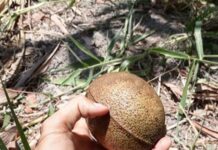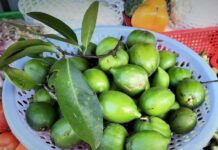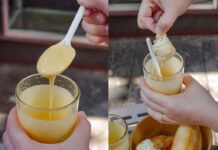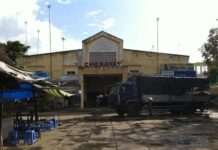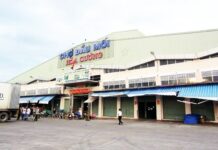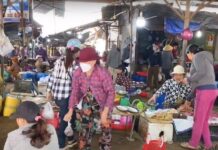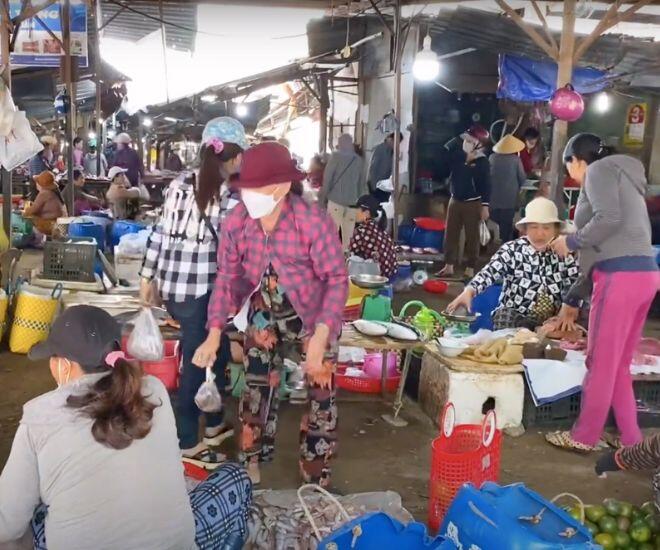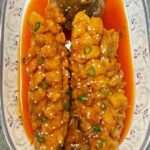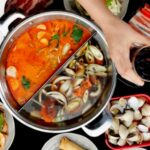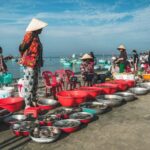A Prime Location in the Heart of the Coastal City
Phu Lam Market is conveniently located in the center of Ward 4, Tuy Hoa City, Phu Yen Province. Unlike its namesake in District 6, Ho Chi Minh City, which primarily serves the Chinese community, Phu Lam Market in Phu Yen embodies the essence of a central coastal city.
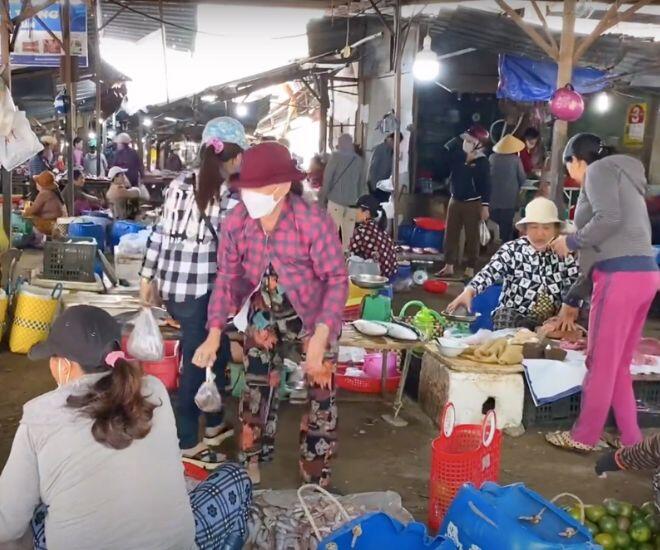
With its spacious area, the market is well-organized into neat rows of stalls, categorized by product types. The market space strikes a balance between practicality for trading activities and convenience for customers to find their desired products.
According to the latest information, the market is open daily from 6 am to 5 pm. This operating schedule aligns with the local lifestyle, especially for traders dealing in fresh seafood and agricultural produce, as these goods are best sold early in the day to ensure freshness.
A Historical Landmark Through the Ages
Although there are no official records of its establishment, Phu Lam Market is recognized as one of the oldest markets in Phu Yen, dating back to the early stages of urbanization in Tuy Hoa. The name “Phu Lam” is believed to originate from the geographical characteristics of the area (a region near the forest) or signify prosperity (“Phu”) combined with sustainable development (“Lam”).
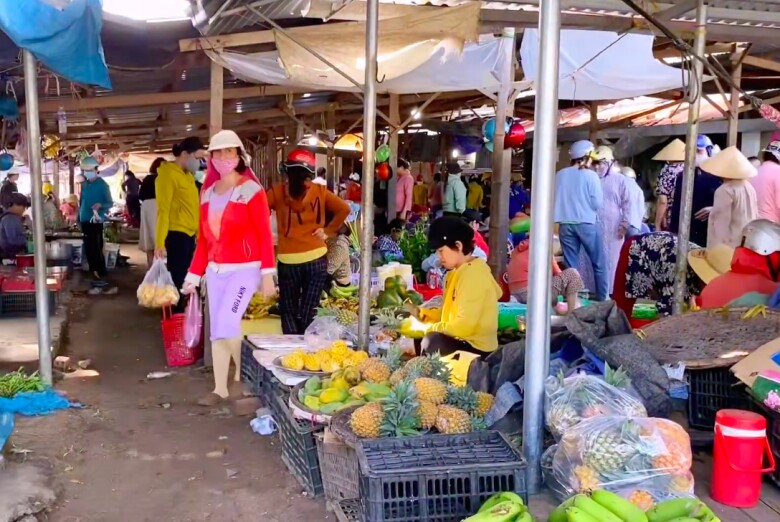
Since the early 20th century, the market has played a pivotal role as a hub for exchanging goods between mountain dwellers and coastal residents. A diverse range of products, from fresh and dried seafood to agricultural produce and handicrafts from regions like Dong Xuan and Song Hinh, converge here before being distributed to neighboring provinces.
A Seafood Paradise and Local Specialty Hub
The highlight of Phu Lam Market is its vibrant section dedicated to fresh seafood. As a crucial market in the coastal city, it boasts an extensive collection of seafood sourced from the renowned Phu Yen waters, including bluefin tuna, fresh squid, lobsters, and the highly prized horseshoe crab, a rare delicacy in South-Central Vietnam.

The seafood area is most bustling in the early morning when fishing boats arrive with their fresh catch. This is the ideal time for customers, especially restaurant chefs, to select the freshest ingredients for the day.
In addition to seafood, the market also offers an array of agricultural specialties characteristic of South-Central Vietnam. Visitors can easily find tropical fruits such as Khanh Hoa durian, rambutan, and especially the locally grown “to nu” custard apple, known for its unique sweet and fragrant flavor.
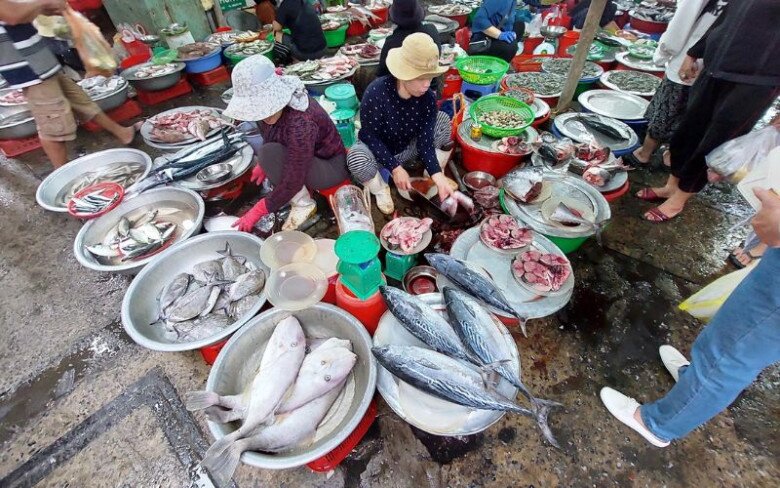
Not to be missed is the handicraft section, featuring products like straw mats, ceramics, and bamboo and rattan items. These goods not only serve daily utility purposes but also make for meaningful souvenirs, reflecting the creative spirit of the local artisans.
A Haven of Affordable Local Cuisine
Phu Lam Market is also renowned for its culinary offerings, although not as famous as the eateries in Tuy Hoa Market. Nonetheless, the food here retains its distinctive character, known for its robust flavors and affordable prices.
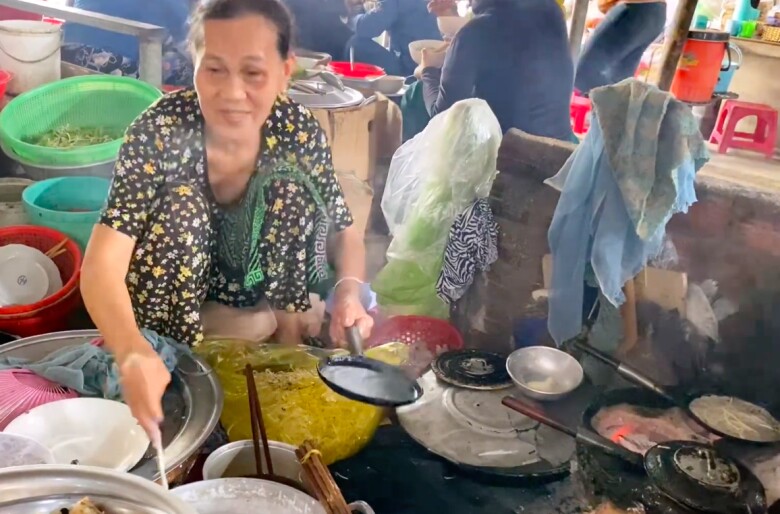
One must-try dish when visiting Phu Lam Market is the he herb noodle soup. Although not as popular as the version found in Tuy Hoa Market, this soup captivates diners with its soft and chewy noodles, sweet broth made from pork bones, and especially the freshly chopped he herb, imparting a unique and memorable flavor.
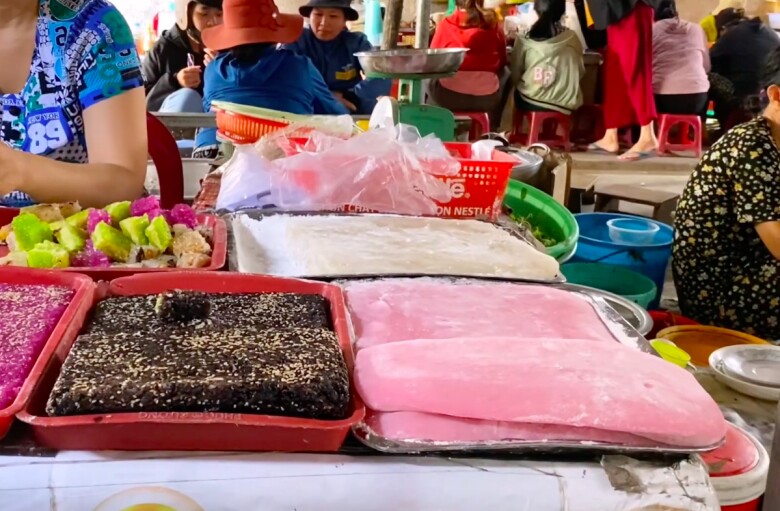
Additionally, visitors can indulge in various affordable street foods such as “banh hoi” (rice vermicelli with pork offal), steamed rice cakes, and mung bean sweet soup, all priced between 10,000 and 20,000 VND. Unlike Tuy Hoa Market, which focuses on upscale dining, the cuisine at Phu Lam Market embodies the essence of local flavors, catering mainly to local workers and tourists seeking an authentic taste of the region.
Tips for Visitors
To fully immerse yourself in the Phu Lam Market experience, it is advisable to visit between 6 am and 8 am. This is the perfect time to procure the freshest seafood, avoid the scorching midday heat of Central Vietnam, and witness the lively atmosphere of the early morning market.
When shopping here, remember that haggling is an integral part of the traditional market culture. Especially for high-value items like dried seafood, negotiating prices is customary and accepted by the traders.
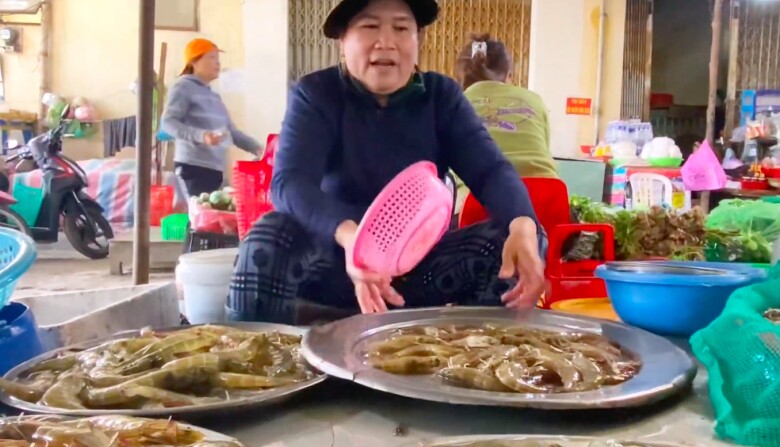
When choosing souvenirs, opt for products unique to Phu Yen, such as handcrafted fish sauce or mirror candy made from sugarcane syrup—indigenous delights rarely found elsewhere.
Challenges and Prospects in the New Era
In the era of e-commerce and modern supermarkets, Phu Lam Market, like many traditional markets, faces significant challenges. However, its prime location and deep-rooted cultural significance have sustained its vitality.
Local authorities are planning infrastructure upgrades and improvements in sanitary conditions to preserve traditional values while meeting the evolving demands of modern consumers. Additionally, promoting Phu Lam Market as a cultural tourist destination is also receiving due attention, enriching the diverse tourism experiences that Phu Yen has to offer.
Phu Lam Market in Phu Yen is more than just a trading venue; it is a living museum showcasing the cultural and historical heritage of this region. Despite the challenges posed by the new era, the market steadfastly retains its role as the commercial heart of the province while evolving into an enticing destination for travelers exploring Phu Yen.
When visiting Phu Yen, don’t miss the opportunity to explore Phu Lam Market, where you can indulge in local specialties and immerse yourself in the unique cultural ambiance of South-Central Vietnam’s coastal region. Here, daily life unfolds simply yet vibrantly, where each stall tells a story, and every dish captures the unforgettable flavors of this hospitable land.
















